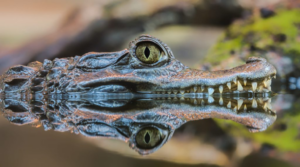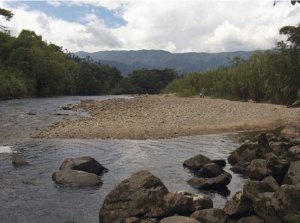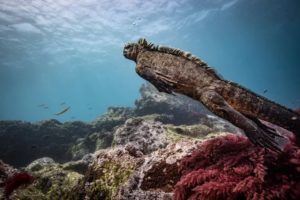In the heart of the Galapagos Islands resides a remarkable creature – the Galapagos Flightless Cormorant. Unlike its airborne counterparts, this bird, weighing in as the heaviest and rarest of its 29 species globally, has forsaken the skies. Let’s delve into the intriguing features and challenges faced by this distinctive avian resident.
Evolutionary Journey: From Flyers to Land Dwellers
Originating from the South American mainland, the flightless cormorant’s ancestors were skilled fliers. Approximately two million years ago, they made the thousand-kilometre journey to the Galapagos, where they gradually lost their ability to fly. Currently, less than 1,500 of these flightless wonders call the Galapagos home, facing an estimated lifespan of around 13 years.

Vulnerabilities on Land and at Sea
Considered vulnerable, the flightless cormorant encounters threats on both land and in the surrounding waters. On land, dangers include owls, hawks, and introduced species like cats and rats, particularly menacing during breeding. In the ocean, despite being adept divers, they face potential predation by sharks.
Adaptation in a Volcanic Landscape
The flightless cormorant’s adaptability is evident in the volcanic terrains of Isabela and Fernandina Islands. Lacking typical continental vegetation, they thrive by hunting close to the shore, primarily feeding on octopus, squid, eels, and seabed-dwelling fish. Their remarkable diving skills enable them to explore impenetrable crevices, diving five to six times to secure sustenance.
Aquatic Feeding Techniques
This aquatic bird relies on its underwater prowess for sustenance. With webbed feet adapted to volcanic soil, the flightless cormorant dives, propelled by its powerful legs, reaching depths of up to 10 metres for over a minute. Despite their inability to fly, their short wings are compensated by their adept adaptation to the demands of the sea.
Nesting Rituals and Parental Care
During colder months, these cormorants form colonies for nesting, displaying elaborate courtship rituals in the sea. The female constructs a nest near the tide line, using seaweed and “gifts” brought by the male, including pieces of rope and fish scraps. Incubation lasts for 35 days, with parental care extending for at least 70 days post-hatch. Females can reproduce three times a year, contributing to the species’ resilience.
Threats and Conservation Efforts
Despite their unique characteristics, flightless cormorants face threats, including the impact of El Niño phenomena. The 1982-1983 event resulted in a 50 percent population decline, prompting concerns of extinction. However, survival instincts prevailed, and by 1999, the population rebounded to 1,000. Constant monitoring by National Park scientists aims to safeguard this species from marine disturbances like oil spills and other environmental disasters.
In conclusion, the Galapagos Flightless Cormorant stands as a testament to adaptation and resilience in the face of unique challenges. Through ongoing conservation efforts, we strive to ensure the continued existence of this extraordinary avian inhabitant of the Galapagos Islands.




